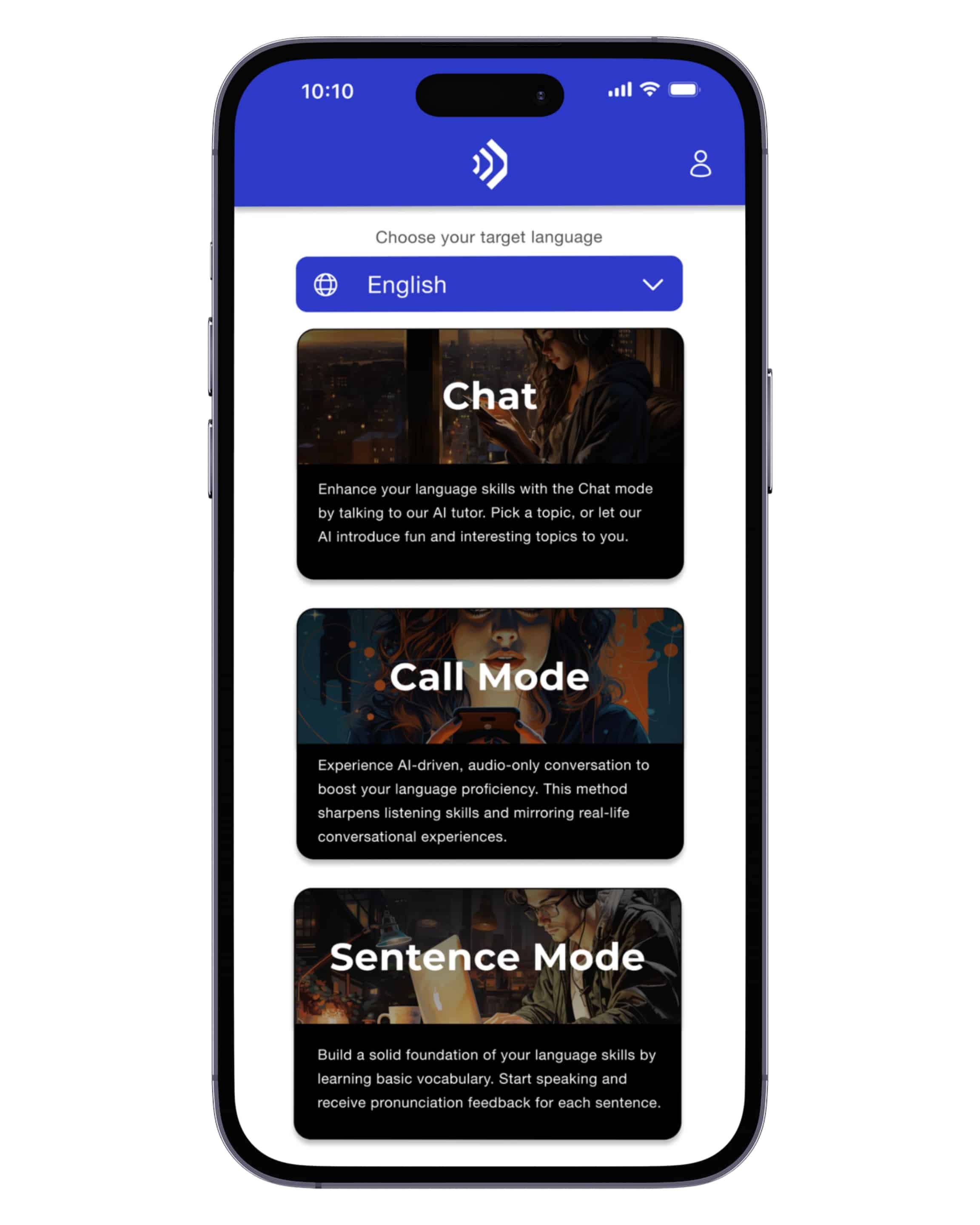Pick a language and start learning!
Possessive adjectives Grammar Exercises for Persian Language

Possessive adjectives play a crucial role in the Persian language, helping to indicate ownership or relationships between nouns. These adjectives are essential for expressing possession and are typically placed before the noun they modify. In Persian, possessive adjectives agree with the possessor in number and person, but they do not change form based on the gender of the noun. Understanding the correct usage of possessive adjectives is fundamental for constructing clear and accurate sentences, making this an important area of study for learners aiming to achieve fluency in Persian.
Mastering possessive adjectives in Persian can significantly enhance your ability to communicate personal relationships and ownership, whether you're discussing family members, belongings, or any other context where possession is relevant. These exercises are designed to help you practice and reinforce your understanding of possessive adjectives, ensuring you can use them confidently in both written and spoken Persian. By engaging with these exercises, you'll develop a stronger grasp of how to properly convey possession, enriching your overall language skills and enabling more precise and meaningful interactions.
Exercise 1
<p>1. This is *کتاب من* (my book).</p>
<p>2. That is *خانه او* (his/her house).</p>
<p>3. We are visiting *شهر ما* (our city).</p>
<p>4. You should take care of *حیوان خانگی تو* (your pet).</p>
<p>5. They lost *کلیدهای آنها* (their keys).</p>
<p>6. She is proud of *مدرسه او* (her school).</p>
<p>7. He forgot *کیف او* (his bag).</p>
<p>8. This is *لباس کودک ما* (our child's clothes).</p>
<p>9. Can you see *دوستان من* (my friends)?</p>
<p>10. They shared *غذای آنها* (their food).</p>
Exercise 2
<p>1. این کتاب *من* است (first person singular possessive adjective).</p>
<p>2. ماشین *تو* در پارکینگ است (second person singular possessive adjective).</p>
<p>3. خانه *او* بسیار بزرگ است (third person singular possessive adjective, neutral gender).</p>
<p>4. ما به *مدرسهمان* میرویم (first person plural possessive adjective).</p>
<p>5. کامپیوتر *شما* کجاست؟ (second person plural possessive adjective).</p>
<p>6. دوست *آنها* به مهمانی نیامد (third person plural possessive adjective).</p>
<p>7. این لباس *خواهرم* است (first person singular possessive adjective for "sister").</p>
<p>8. آیا این کیف *پدرت* است؟ (second person singular possessive adjective for "father").</p>
<p>9. اسباببازی *بچههایش* روی زمین است (third person singular possessive adjective for "children").</p>
<p>10. تلفن *معلممان* خاموش است (first person plural possessive adjective for "teacher").</p>
Exercise 3
<p>1. این کتاب *من* است (اول شخص مفرد).</p>
<p>2. آن خانه *تو* خیلی زیباست (دوم شخص مفرد).</p>
<p>3. ماشین *او* خیلی قدیمی است (سوم شخص مفرد).</p>
<p>4. سگ *ما* خیلی بازیگوش است (اول شخص جمع).</p>
<p>5. دوست *شما* همیشه مهربان است (دوم شخص جمع).</p>
<p>6. مدرسه *آنها* در نزدیکی پارک است (سوم شخص جمع).</p>
<p>7. گربه *من* همیشه در حیاط بازی میکند (اول شخص مفرد).</p>
<p>8. کیف *تو* روی میز است (دوم شخص مفرد).</p>
<p>9. نقاشی *او* بسیار زیباست (سوم شخص مفرد).</p>
<p>10. خانه *ما* در خیابان اصلی است (اول شخص جمع).</p>






